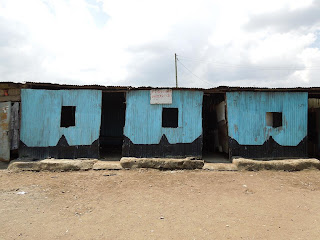This is a special post about the Light Orphanage Centre, locate in the middle of the Kware slum, in Nairobi city, Kenya. My sister and I have been working in this children's home as volunteers for the past three weeks. Our work includes teaching the children, making a profile for each border and non-border attending the Light School, as well as devepoling a blog for the orphanage.
 |
| Children at the Light Orphanage Centre |
 |
| Clau with Class 7 students |
 |
| Classrooms |
 |
| Boys dormitory |
For those of you who would like to help, below are my banking account details, where you can make a deposit of any amount you like. I will take photos of the beds, mattresses and linen bought with the money raised. I will take photocopies of all the receipts and email them to everyone who wants to help these orphans. By the way the kids are just lovely, including Charles, the orphanage's founder, who takes care of all of them.
ANZ Bank
ACC Name: Claudiene Duarte
BSB: 014650
ACC Number: 504825719
Alternatively, donators can make a bank deposit directly into the orphanage's bank account. Details as below:
Equity Bank
Account Name: Light Orphanage Centre
Account Number: 0610 296 227 569
Swift Code / BIC: EQBLKENA
Swift Code / BIC: EQBLKENA
Thank you in advance for any help given to these orphans! As the children always say to us for every little thing we give to them 'God bless you'!




































